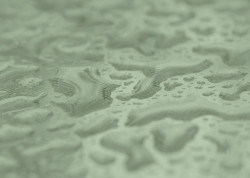Do Certain Building Materials Promote Mold?
Mold can grow unnoticed inside the walls of a home or in areas like basements and closets for a long time. The mold spores are tiny and easily inhaled. Living in a home with mold is harmful to anyone and can cause an allergy that occupants did not have previously. To keep your home free of mold it is helpful to understand which materials are more conducive to its growth.
Paper faced gypsum board
Mold thrives on organic material for nutrients. If walls are kept free of moisture, it is not going to be a problem area for mold. Once damage occurs from a roof leak or plumbing problem, some type of NJ Mold Treatement is necessary to prevent future occurrences of mold. Areas like your tub and shower should not have any paper faced gypsum board. Use cement board, mortar, or some type of non-paper faced gypsum in these areas.
Wood
The dark corners of a damp basement or crawl space are ideal environments for mold to grow unnoticed. Minor plumbing leaks can saturate insulation and provide the moisture mold needs to flourish in obscure areas of your home. It is important to replace old pipes before they start to leak. Replacing damaged wood in these difficult to reach areas can be very expensive.
One of the best things you can do to prevent mold problems in your home is to have a thorough inspection done by one of the NJ Mold Treatement experts from Stern Mold. If mold is present, our experts will consult with you on the best method to safely treat it and prevent it from coming back.

